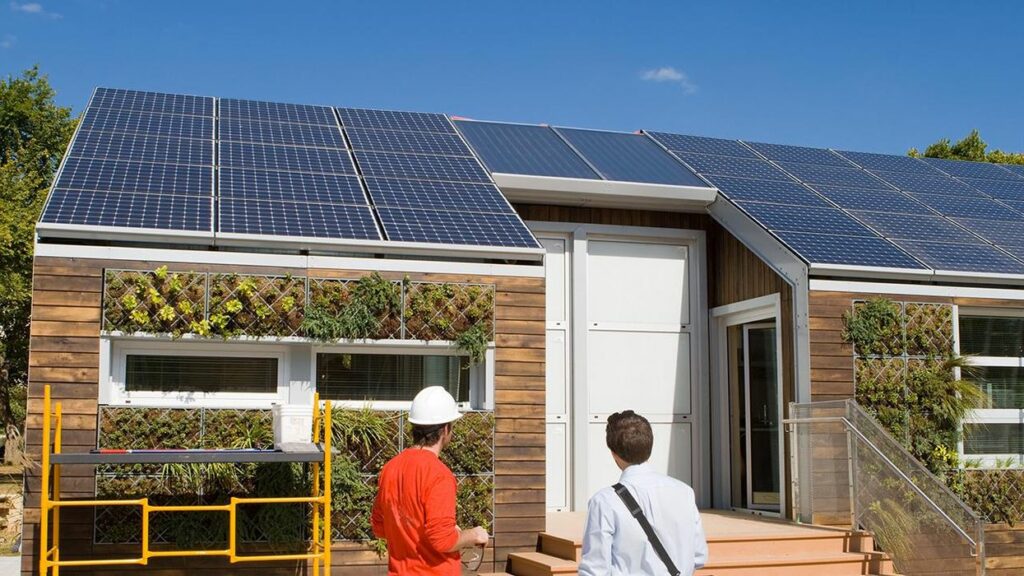Solar energy has reached a much higher level of success in a decade.

Also, we can anticipate that solar energy for a home will gain more popularity in the coming years. As in the past years, the global market was not large enough and highly dependent on subsidy regimes in some countries, Germany, so the world looked forward to it.
In the coming year 2022, more than 115 Gigawatts of solar will be installed across the globe, which is greater than all other generation technologies arranged together. Solar energy can be captured in different ways; the most common method to generate electricity is converting sun rays through a voltaic solar panel system. Besides the photovoltaic effect, solar energy is further used in thermal applications to heat indoor fluids or spaces.
Property owners can get solar hot water systems and install them to design their commercial and residential buildings. It will be a great use of the sun’s rays with solar technology to get passive solar heating. Since solar power has several positive aspects, you all can take advantage of it to the fullest. Installation of solar panels can be done at three main scales: commercial, residential, and utility.
Residential-scale includes solar energy for the home. You can install solar panels on the rooftops of your houses or in opened areas. The power will lie between 5 and 20 kilowatts (kW), dependent on the size of a residential area.
On the other hand, as the name indicates, commercial-scale solar is installed more than residential solar systems. However, individual solar panel installations vary in size. Moreover, the commercial-scale solar system targets consistent purposes. It includes supplying on-site solar power to larger businesses and non-profits.
Whereas the utility-scale solar projects aim to provide solar power to utility customers, the utility solar panels are installed at an enormous scale, having huge power in Megawatts.
Community solar is a viable solar option that connects utility-scale solar energy projects to residential consumers more directly if some solar buyers can’t install the solar panels on their property. As such, community solar farms are typically built in a central location instead of on any single customer’s property.
